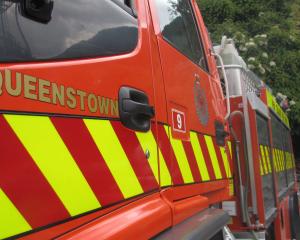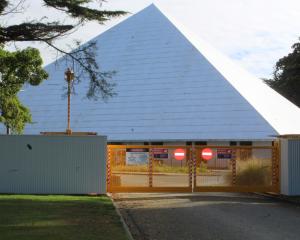High productivity motor vehicles (HPMVs) - large truck-and-trailer units over 44 tonnes when loaded - include logging trucks and others carrying bulk cargoes such as fuel and coal. Some weigh up to 60 tonnes.
At present, HPMV operators must apply for a permit to travel on district roads.
Because very large trucks damage sealed and unsealed roads and bridges, the council has a restrictive policy, only approving limited permits for short lengths of roads used as connections between state highways.
Permits were in place for 89 vehicles on 13 sections of road totalling 4.2km of sealed roads and 3.6km of unsealed roads, councillors were told at a meeting on Wednesday.
Seventy-five applications had been turned down in recent months, with operators seeking permission to travel distances of up to 100km.
MWH consultant John Laskewitz, who was hired by the council to look at the issue, said there was pressure on the council to relax its policy and allow more HPMVs on district roads.
It was estimated the additional damage each HPMV caused per 1000 tonnes of payload averaged 60%, he said.
If HPMVs were not controlled and were allowed to travel anywhere on the roading network the ''worst-case scenario'' could be an additional cost to the council of $5 million a year in road repairs, he said.
Council assets manager Ian Marshall said it appeared the NZ Transport Agency would soon allow ''50 Max'' heavy truck and trailer units to be driven on any road. These were vehicles with nine axles in total carrying a maximum loaded weight of 50 tonnes.
The council needed to rewrite its policy because more ''heavy, heavy'' trucks on district roads were inevitable.
''Changes are going to happen. It is always better to work with the process.''
Mr Laskewitz estimated the average increase in road damage caused by 50 Maxes was 15%, but could be as high as 50%.
The council moved to develop a more permissive policy which would allow HPMVs to use a larger but more strategic portion of the network. Mr Marshall said drafting the new policy could take six months.
After the meeting, he said the new policy would recognise the economic benefit of heavier trucks, which reduced costs for transport operators, but would also identify more clearly the potential financial risk to council ratepayers caused by damage to roads and bridges.










